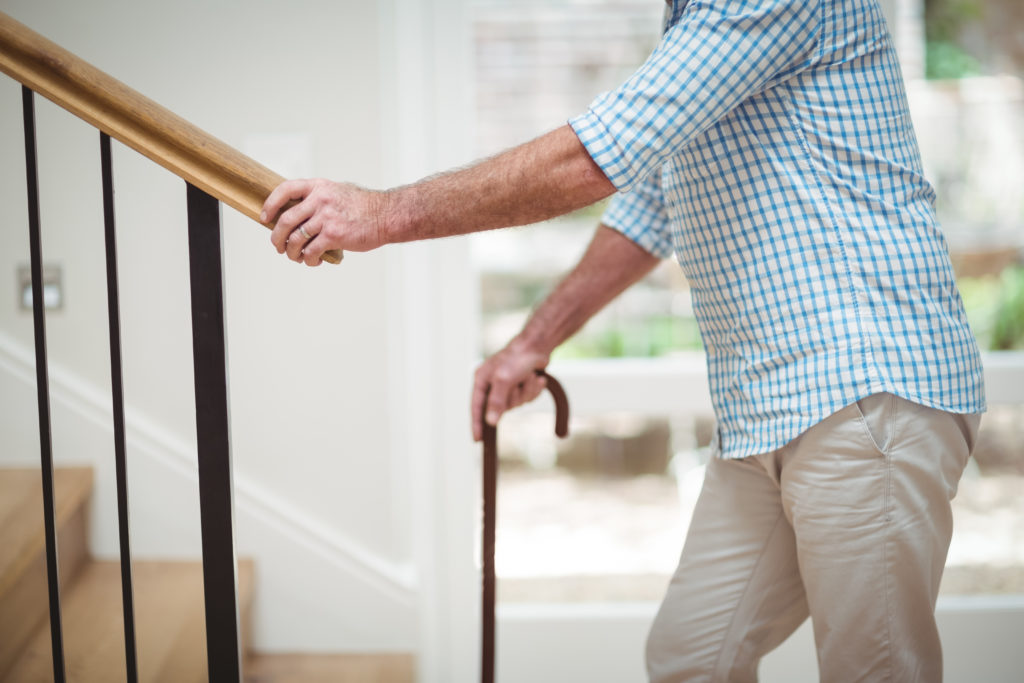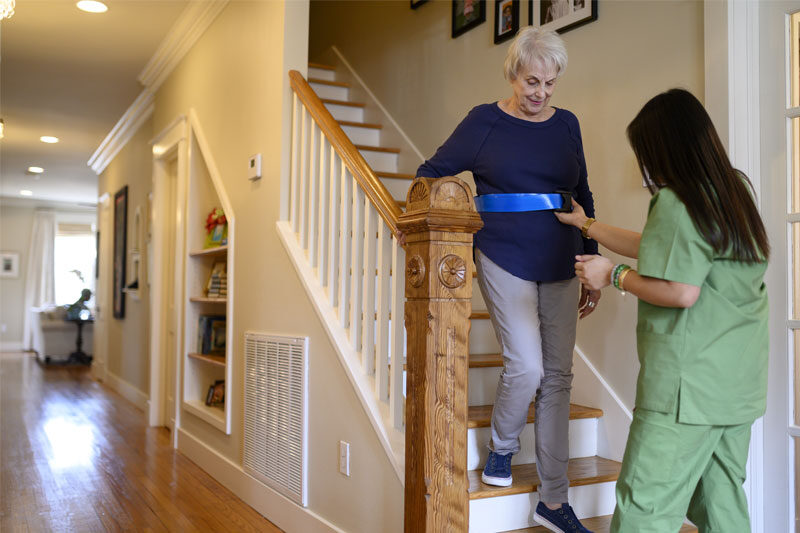In recent years, the integration of fall detection systems in memory care facilities has emerged as a critical development in ensuring the safety and well-being of the elderly, particularly those suffering from memory-related issues. As the population ages, the demand for reliable and efficient fall detection mechanisms becomes increasingly vital. These systems not only help in promptly addressing falls but also enhance the overall quality of care provided in these facilities.
For families and caregivers, understanding how these systems work and their importance can significantly impact the decision-making process when choosing a care facility for their loved ones. This article delves into the intricacies of fall detection systems, their benefits, and how they can transform memory care facilities.

Understanding Fall Detection Systems
Fall detection systems are designed to monitor and detect falls, which are a common and serious problem in elderly care. These systems use a variety of technologies, such as motion sensors, accelerometers, and gyroscopes, to identify unusual movements or sudden impacts that suggest a fall has occurred.
Technology Behind Fall Detection
The technology behind these systems is sophisticated yet user-friendly. Many systems leverage IoT sensors to provide real-time monitoring, ensuring that any fall is quickly detected and addressed. These sensors can be integrated into wearable devices or installed directly in living spaces, offering flexibility and convenience.
Benefits of Fall Detection Systems
The primary benefit of fall detection systems is the immediate response they facilitate. By alerting caregivers or medical personnel instantly, these systems can significantly reduce the time between a fall and assistance, potentially saving lives and reducing the severity of injuries.
Role of Fall Detection in Memory Care Facilities
Memory care facilities are specialized environments designed to provide care for individuals with Alzheimer’s and other memory-related conditions. In these settings, fall detection systems play a crucial role in maintaining the safety and security of residents.
Enhancing Resident Safety
For residents with memory impairments, the risk of falls is heightened due to factors such as disorientation and reduced cognitive function. Implementing fall detection systems can help mitigate these risks, providing a safer environment for residents.
Improving Caregiver Response
With advanced fall detection technology, caregivers can respond more efficiently to incidents, ensuring that residents receive timely care. This not only improves outcomes for individuals but also enhances the overall reputation and effectiveness of the facility.
Choosing the Right Fall Detection System
When selecting a fall detection system for a memory care facility, several factors should be considered to ensure the system meets the specific needs of the residents and the facility.
System Features and Capabilities
Look for systems that offer comprehensive monitoring options, such as smart elderly care solutions and customizable alerts. These features can provide a more tailored approach to fall detection, accommodating the unique requirements of each facility.
Ease of Use and Integration
The system should be easy to use for both residents and staff. Seamless integration with existing care protocols and infrastructure is essential to maximize the system’s effectiveness without disrupting daily operations.
Conclusion
Incorporating fall detection systems in memory care facilities is a proactive step towards enhancing resident safety and improving care quality. By understanding the benefits and choosing the right system, families and caregivers can ensure that their loved ones receive the best possible care.
For more information on fall prevention and safety strategies, visit Health in Aging.

FAQs
What is a fall detection system?
A fall detection system is a technology designed to monitor movements and detect falls, providing immediate alerts to caregivers or medical personnel.
How do fall detection systems work in memory care facilities?
These systems use sensors to monitor residents’ movements and detect falls, ensuring prompt response and enhancing safety within the facility.
What should I consider when selecting a fall detection system?
Consider features such as real-time monitoring, ease of use, and integration capabilities to ensure the system meets the specific needs of the facility and its residents.
This article contains affiliate links. We may earn a commission at no extra cost to you.






